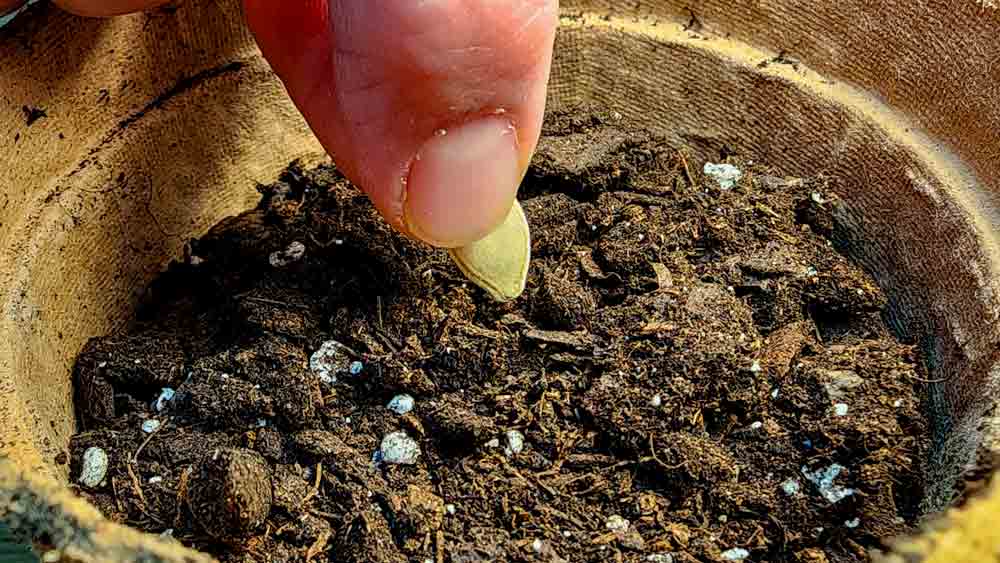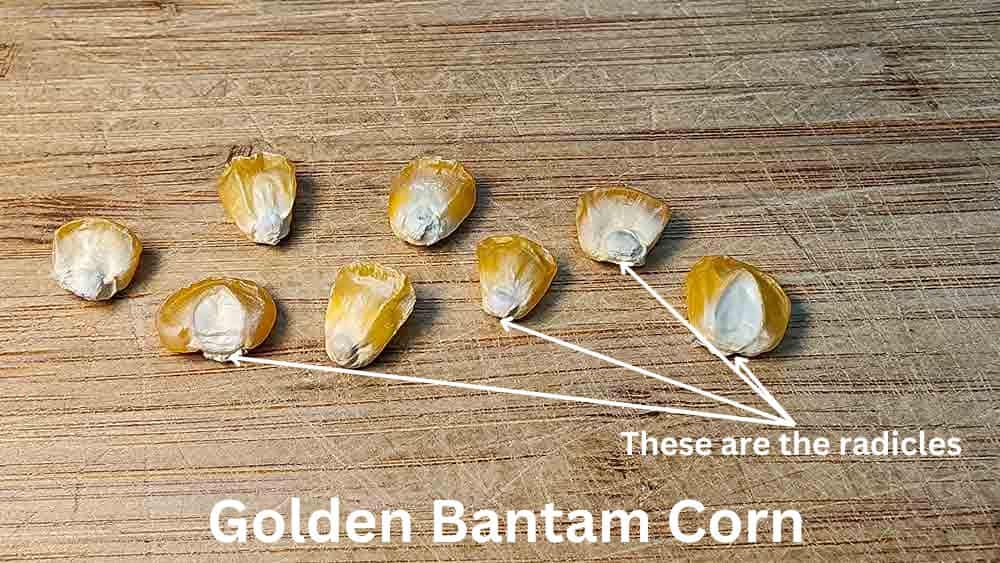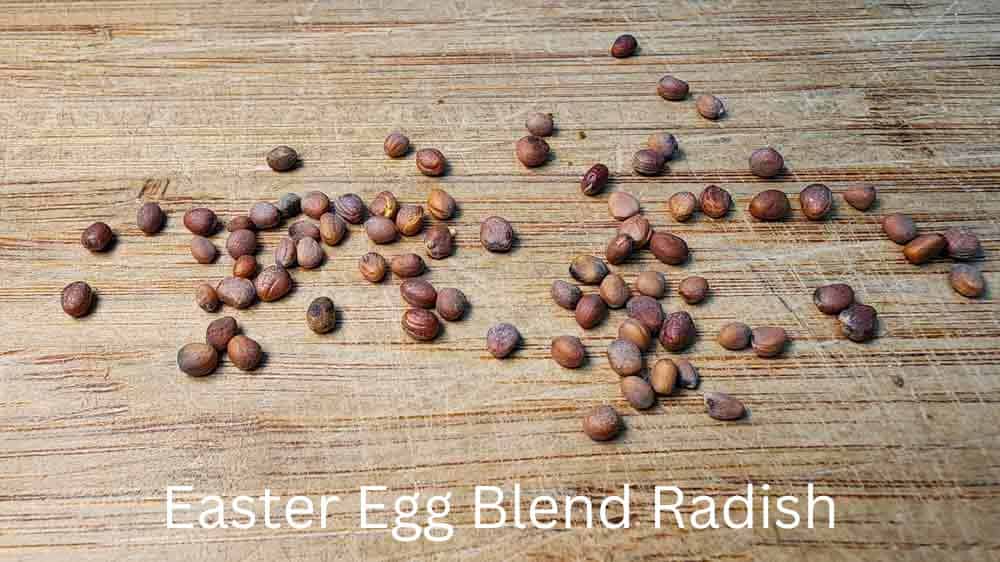Seed Orientation and Depth: Keys to Successful Germination
Tiny Tweaks, Big Results: How to Plant Seeds for Success
Discover the surprising secret to maximizing the success of your garden! You might be surprised how you plant a seed in the soil can significantly impact its germination and growth. By following some simple yet effective planting techniques, you can substantially improve the number of sprouts you get from your seeds. Imagine planting a beautiful row of seeds and seeing every single one sprout into a robust and healthy seedling.
There are a variety of factors that can impact the success of your seed germination. While many gardeners know the importance of seed quality, soil moisture, and temperature, one aspect often overlooked is the orientation of the seed itself.
Something as simple as the position of a seed in the soil can significantly impact its ability to germinate and grow into a healthy plant. Factors such as the angle at which the seed is in the soil and its depth and spacing all play a role in germination. Therefore, it’s essential to consider all of these factors when planting seeds to give them the best chance of success.
Why Seed Orientation Matters
The radicle – which is the embryonic root – is at the heart of every seed. It is crucial to the seedling, as it is the first part to emerge during germination. The radicle provides stability and access to essential water and nutrients by anchoring the seedling firmly in the soil. This strategic placement at the point where the seed once connected to the parent plant allows the young plant to establish a strong root from the beginning, setting the stage for healthy growth and development.
Seeds have a unique ability to detect gravity – known as geotropism – which allows seeds to determine their position with the Earth’s gravitational force. As seeds settle into the soil, they use their abilities to detect the direction of “down.” This is vital for the plant’s growth since roots need to grow downwards, anchoring the plant firmly in the soil. Simultaneously, the shoot emerges upwards, seeking light to support photosynthesis and nutrition for the plant.
Proper orientation is crucial for efficient energy use and optimal seed growth. With the seed correctly positioned in the soil, the root uses its energy for downward growth, while the shoot can focus on reaching the surface. This technique is easy to learn and use by home gardeners of all experience levels.
Orientation for Large and Flat Seeds
When planting large, flat seeds like beans and squash, there are two recommended methods: radicle down or lying flat. The radicle is the small, pointed root that emerges from the seed. Planting the radicle downward provides the most direct growth path for the root. However, planting the seed lying flat is also a good option. The radicle can still easily sense the downward direction in this position and emerge properly. Accurately identifying the radicle is crucial for successful germination and growth, regardless of your chosen method. Look for a small, pointed structure on the seed coat where the seed was attached to the pod or fruit.
The Rule of Thumb – Planting Depth
When planting seeds, the general rule is to plant them at a depth no more than twice their size, ensuring they have enough energy to reach the soil’s surface and grow. Planting seeds too deep will force them to use excessive energy to reach the surface, which can result in weak or stunted growth. On the other hand, planting seeds too shallowly may result in seeds drying out before they have a chance to germinate. Estimate the depth at which to plant your seeds by planting them no deeper than twice their size.
Following the general rule of planting seeds at a depth that is no more than twice their size ensures the seeds have enough energy to reach the surface of the soil and grow properly. Planting the seeds too deep depletes the stored energy reaching the surface, causing weak or stunted growth. On the other hand, if you plant the seeds too shallowly, they may dry out and never have the chance to germinate. So, estimating the depth at which to plant your seeds is best by ensuring you only plant them as deep as twice their size.
The Exception – Round Seeds
When it comes to planting small seeds such as lettuce and carrots or round seeds like broccoli or radish, the orientation of the seeds is less important than the depth. Following the “2x depth” rule is essential, as explained above. To simplify the planting process while ensuring successful germination, you can scatter the seeds on the soil’s surface and gently press them in. This method ensures that the seeds receive adequate coverage and increases the chances of successful growth.
Key Takeaways – Seed Secrets for Success
It is essential to be patient with seed germination, as different seed types have varying germination rates. Avoid the temptation to dig up your seeds to check on them, as this can disrupt the process and damage them. Instead, give your seeds time and care to grow into healthy plants. Remember, patience is key!
Even experienced gardeners sometimes face the disappointment of seeds that fail to germinate. This can be a discouraging experience, especially for beginners who are just starting. However, it’s important to remember that seed germination is complex, and several factors can affect the outcome. If your first few attempts are unsuccessful, don’t give up. Keep trying, experiment with different methods, and learn from your mistakes. You will become a successful gardener with patience and practice who can bring even the most stubborn seeds to life.






